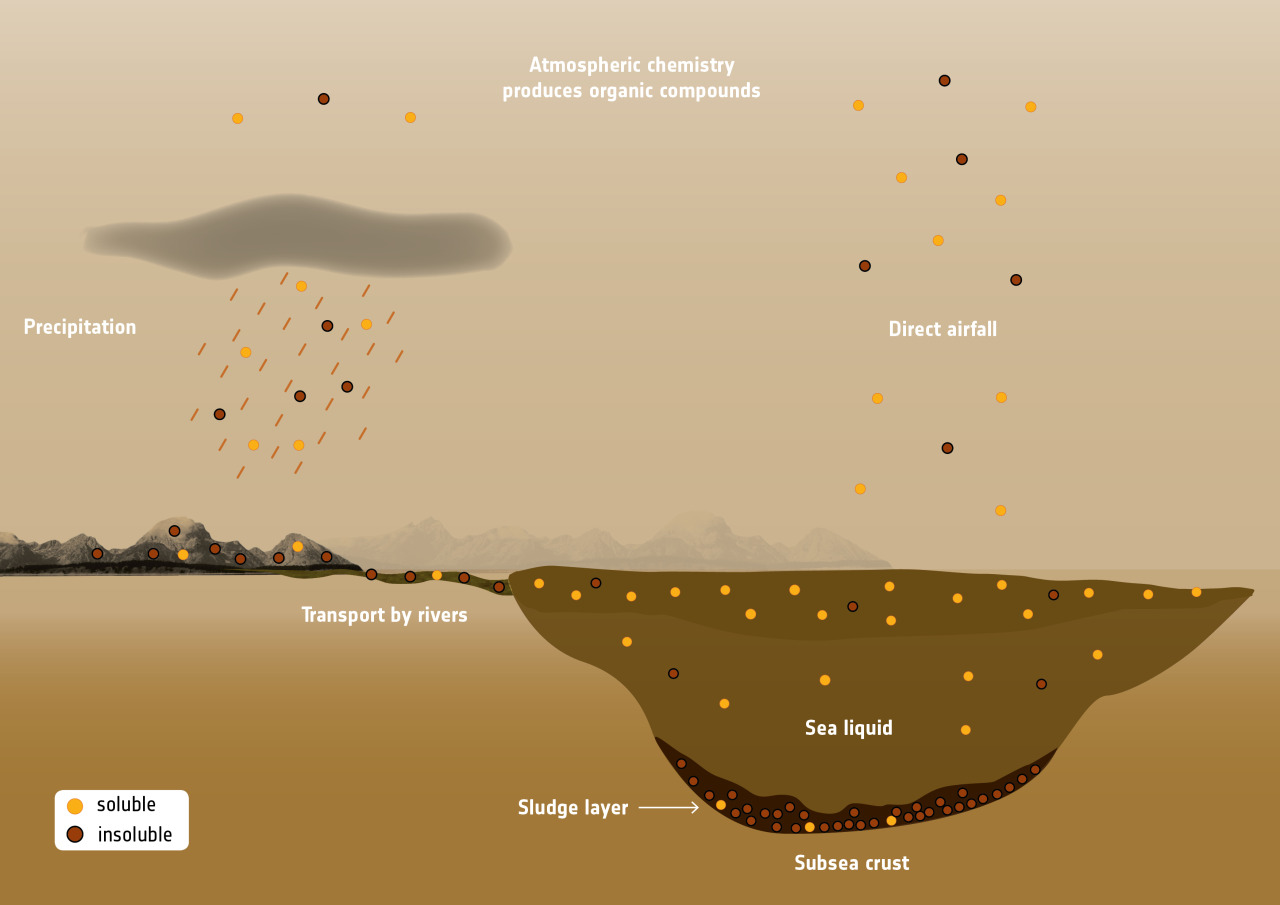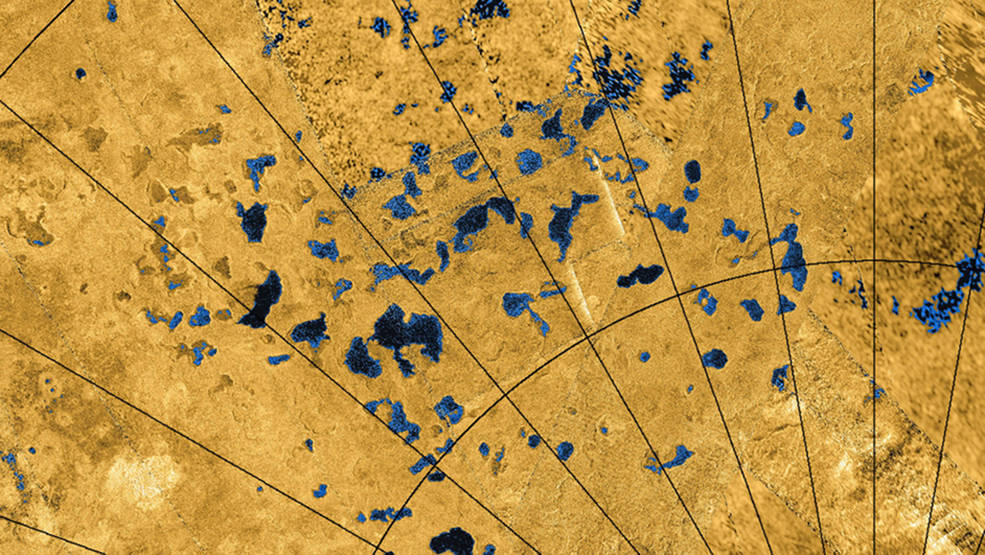Celestial Mechanics Around the Solar System During December 2019
The dance of planets, moons and spacecraft around the solar system creates a host of rare alignments in late December 2019. Here’s what’s coming up.
Dec. 21: Winter solstice in the Northern Hemisphere
Dec. 21 is the 2019 winter solstice for the Northern Hemisphere. A solstice marks the point at which Earth’s tilt is at the greatest angle to the plane of its orbit, also the point where half of the planet is receiving the longest stretch of daylight and the other the least. There are two solstices a year, in June and December: the summer and winter solstices, respectively, in the Northern Hemisphere.

The winter solstice is the longest night of the year, when that hemisphere of Earth is tilted farthest from the Sun and receives the fewest hours of sunlight in a given year. Starting Dec. 21, the days will get progressively longer until the June solstice for those in the Northern Hemisphere, and vice versa for the Southern Hemisphere.
Dec. 26: Annular solar eclipse visible in Asia
On Dec. 26, an annular solar eclipse will be visible in parts of Asia. During an annular eclipse, the Moon’s apparent size is too small to completely cover the face of the Sun, creating a “ring of fire” around the Moon’s edge during the eclipse.
Solar eclipses happen when the Moon lines up just right with the Sun and Earth. Though the Moon orbits Earth about once a month, the tilt in its orbit means that it’s relatively rare for the Moon to pass right in line between the Sun and Earth — and those are the conditions that create an eclipse. Depending on the alignment, the Moon can create a partial, total or annular solar eclipse.
On Dec. 26, the Moon will be near perigee, the point in its orbit when it’s farthest from Earth. That means its apparent size from Earth is just a bit smaller — and that difference means that it won’t completely cover the Sun during the Dec. 26 eclipse. Instead, a ring of the bright solar surface will be visible around the Moon during the point of greatest eclipse. This is called an annular eclipse.
It is never safe to look directly at an annular solar eclipse, because part of the Sun is always visible. If you’re in the path of the annular eclipse, be sure to use solar viewing glasses (not sunglasses) or another safe viewing method to watch the eclipse.
Dec. 26: Parker Solar Probe flies by Venus
After the eclipse, more than 100 million miles away from Earth, Parker Solar Probe will pull off a celestial maneuver of its own. On Dec. 26, the spacecraft will perform the second Venus gravity assist of the mission to tighten its orbit around the Sun.
During the seven gravity assists throughout the mission, Parker Solar Probe takes advantage of Venus’s gravity to slow down just the right amount at just the right time. Losing some of its energy allows the spacecraft to be drawn closer by the Sun’s gravity: It will fly by the Sun’s surface at just 11.6 million miles during its next solar flyby on Jan. 29, 2020. During this flyby, Parker Solar Probe will break its own record for closest-ever spacecraft to the Sun and will gather new data to build on the science already being shared from the mission.
Make sure to follow us on Tumblr for your regular dose of space: http://nasa.tumblr.com
























